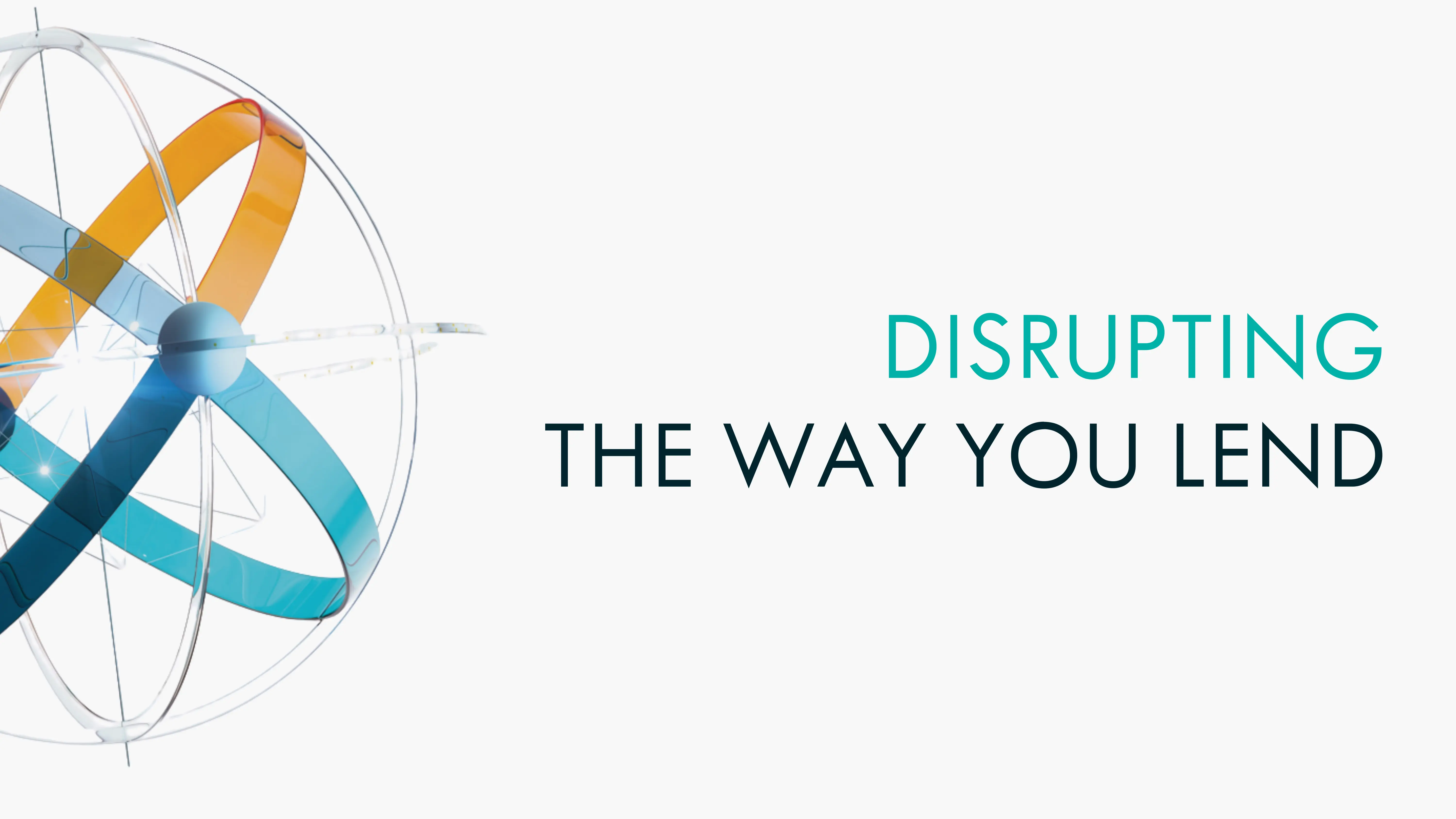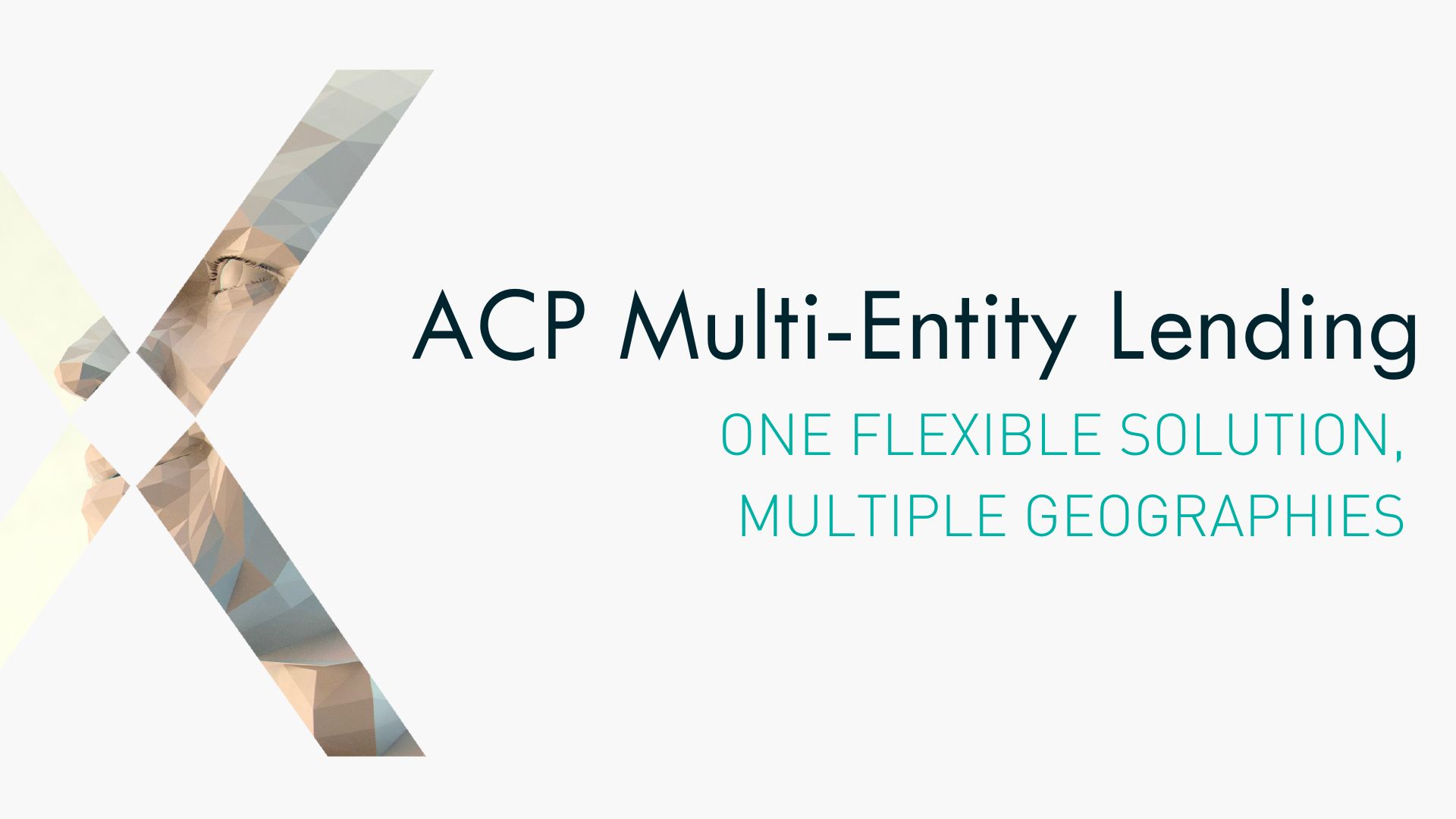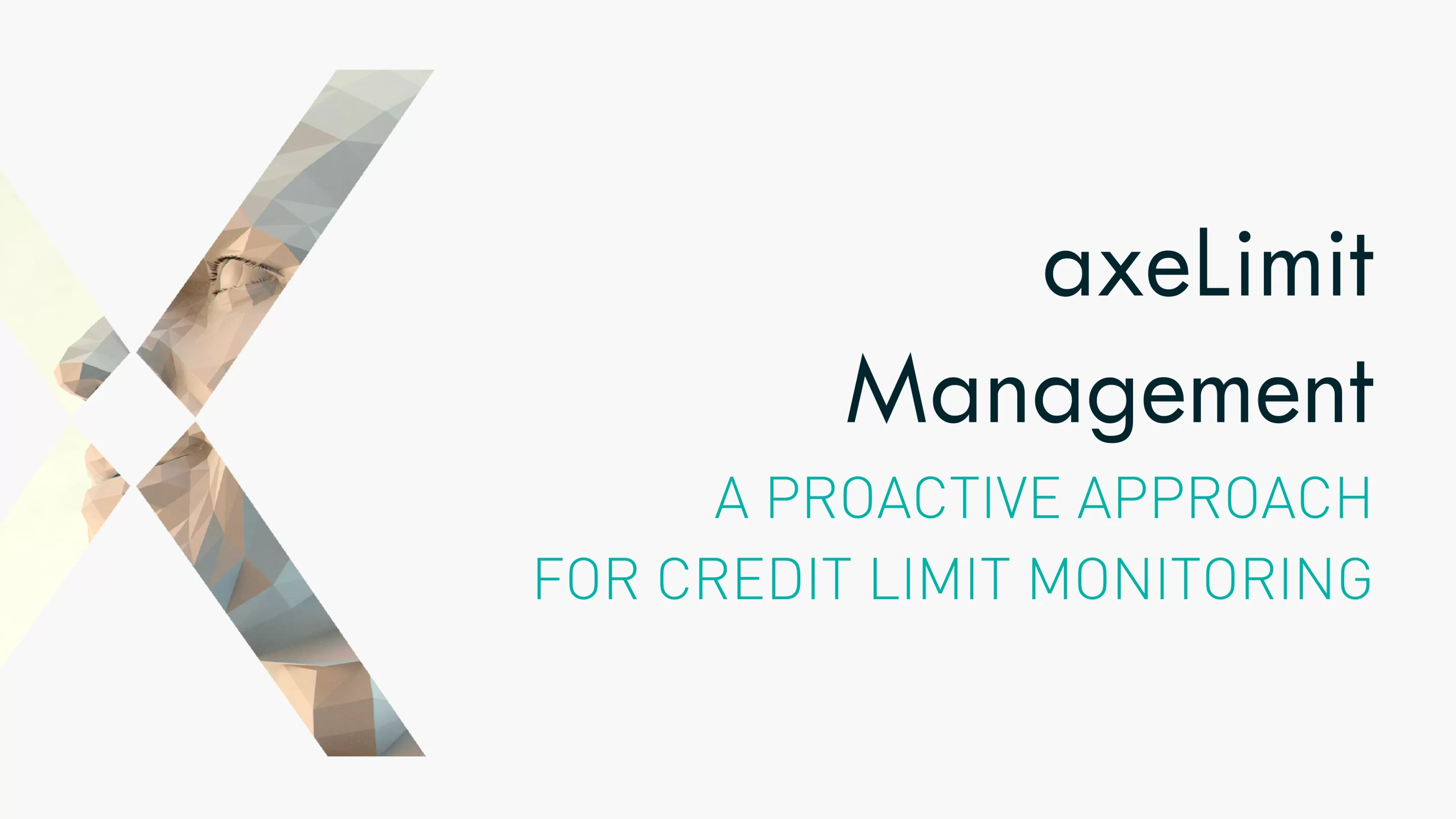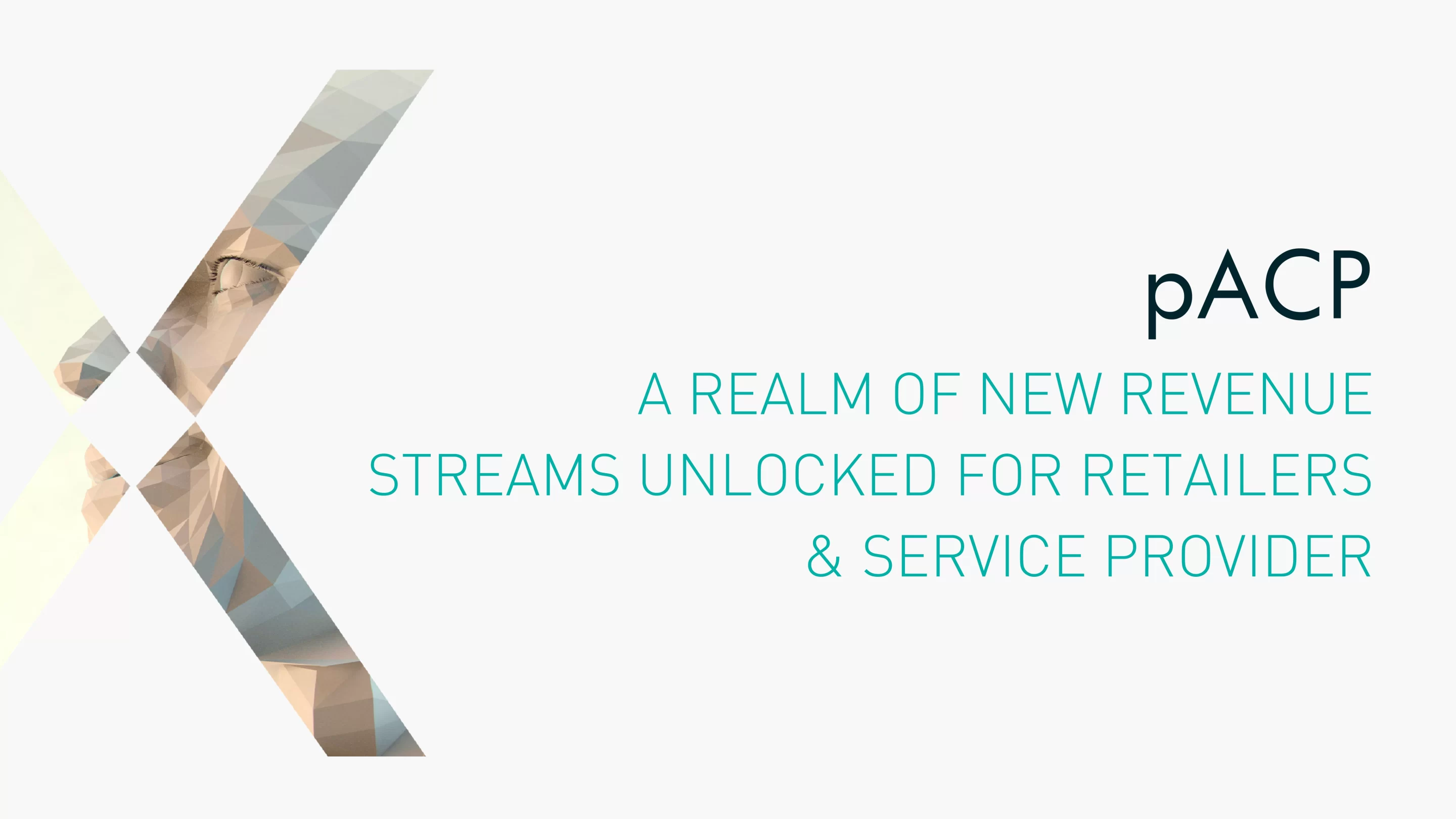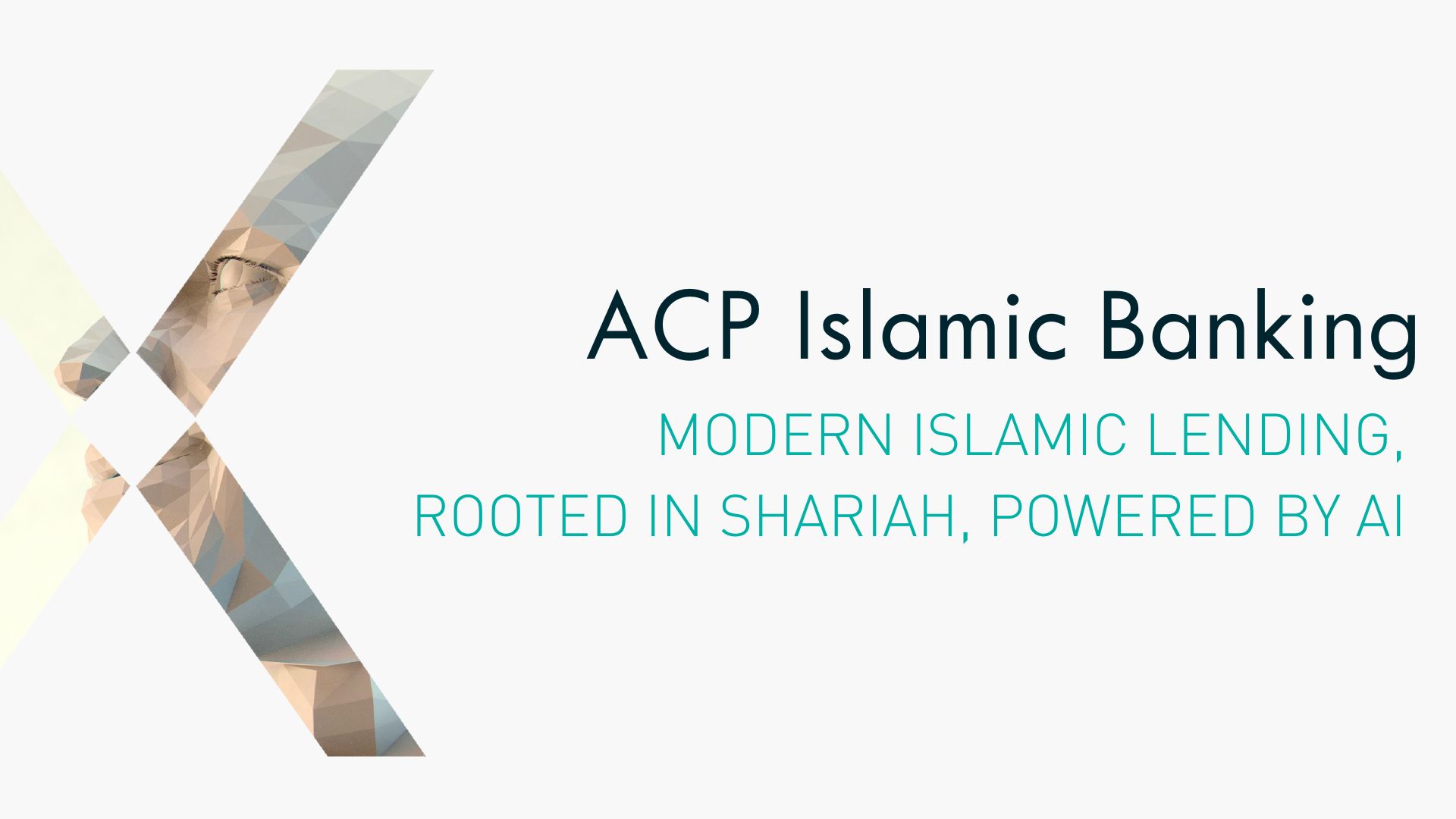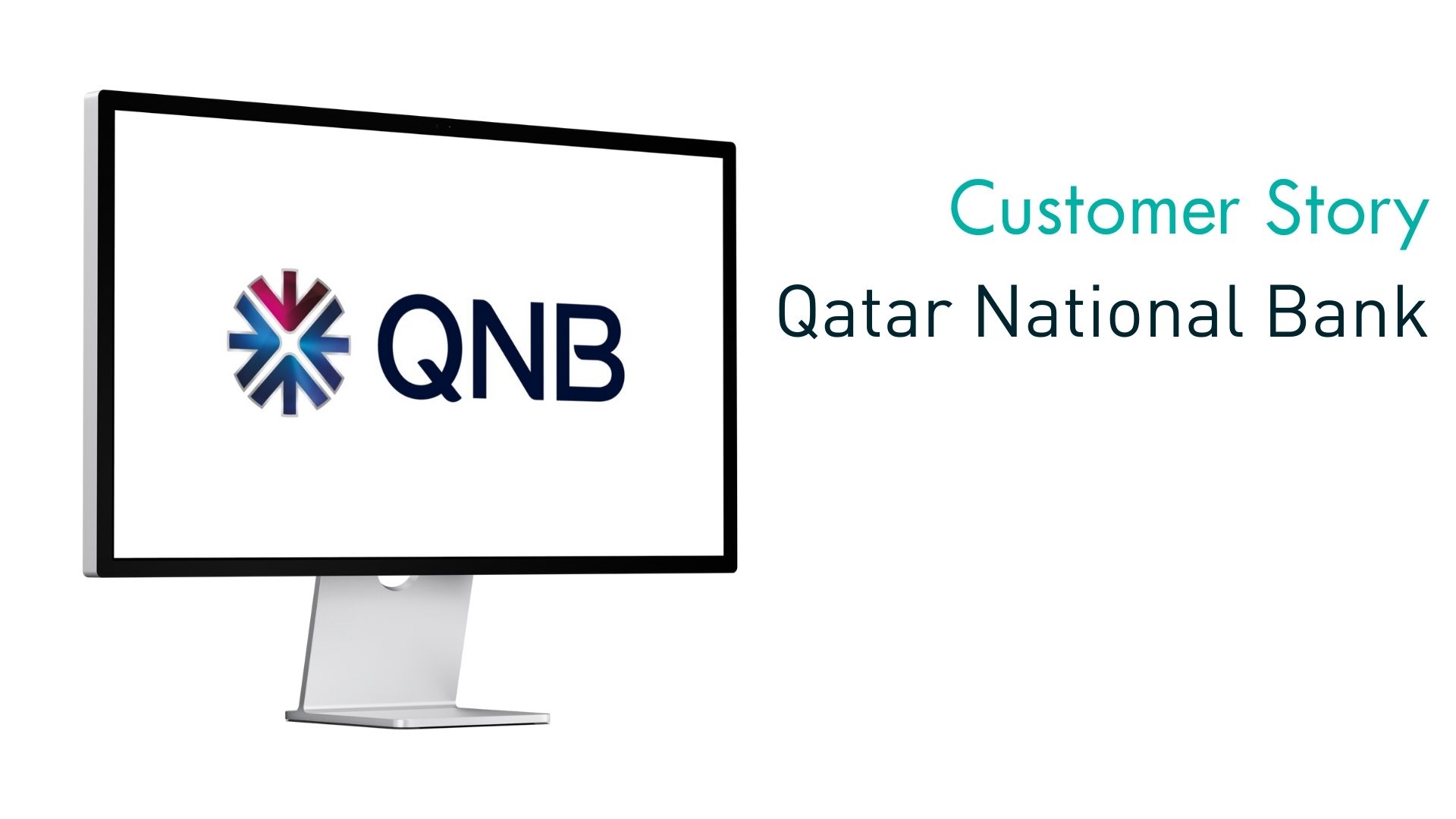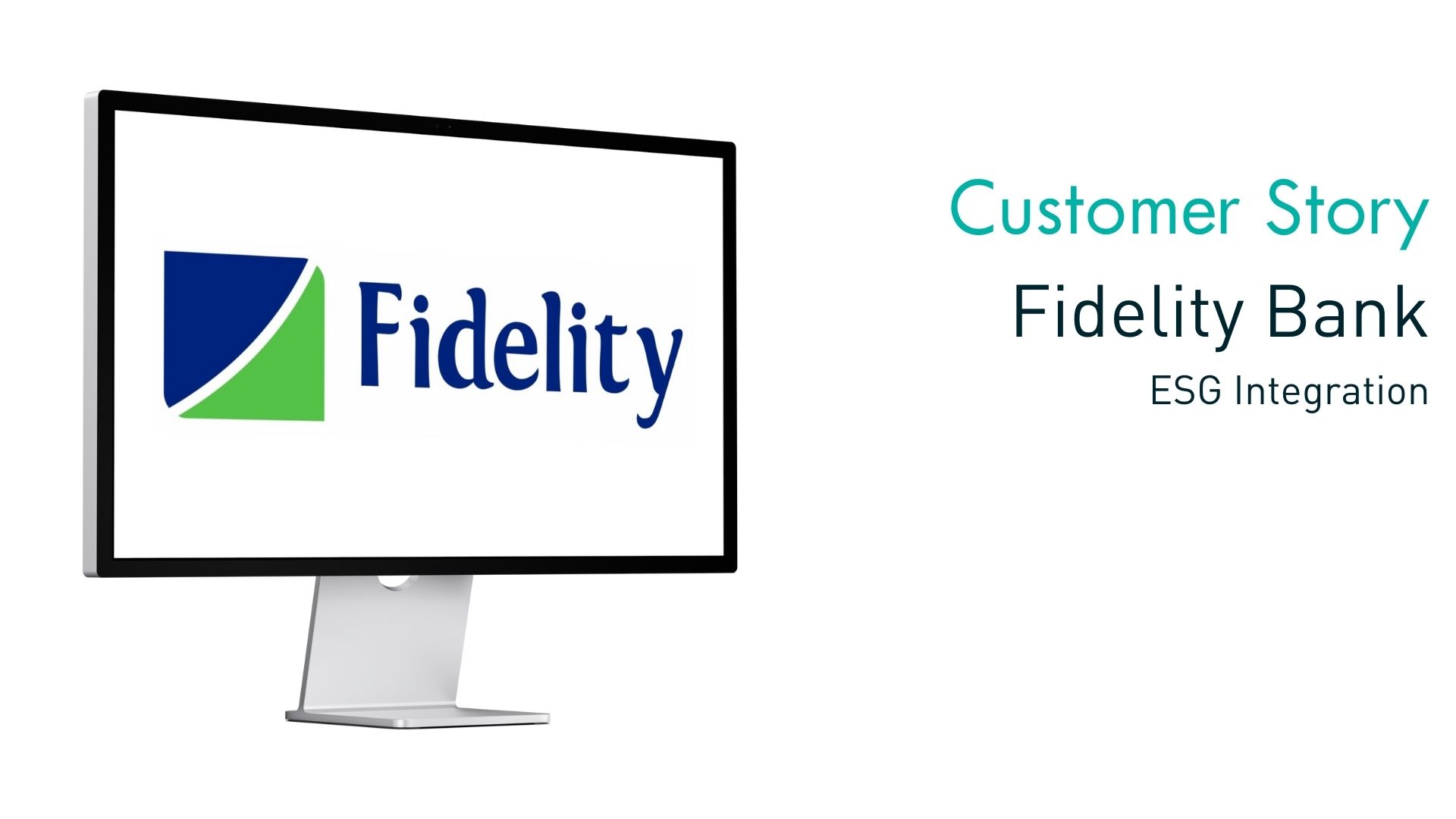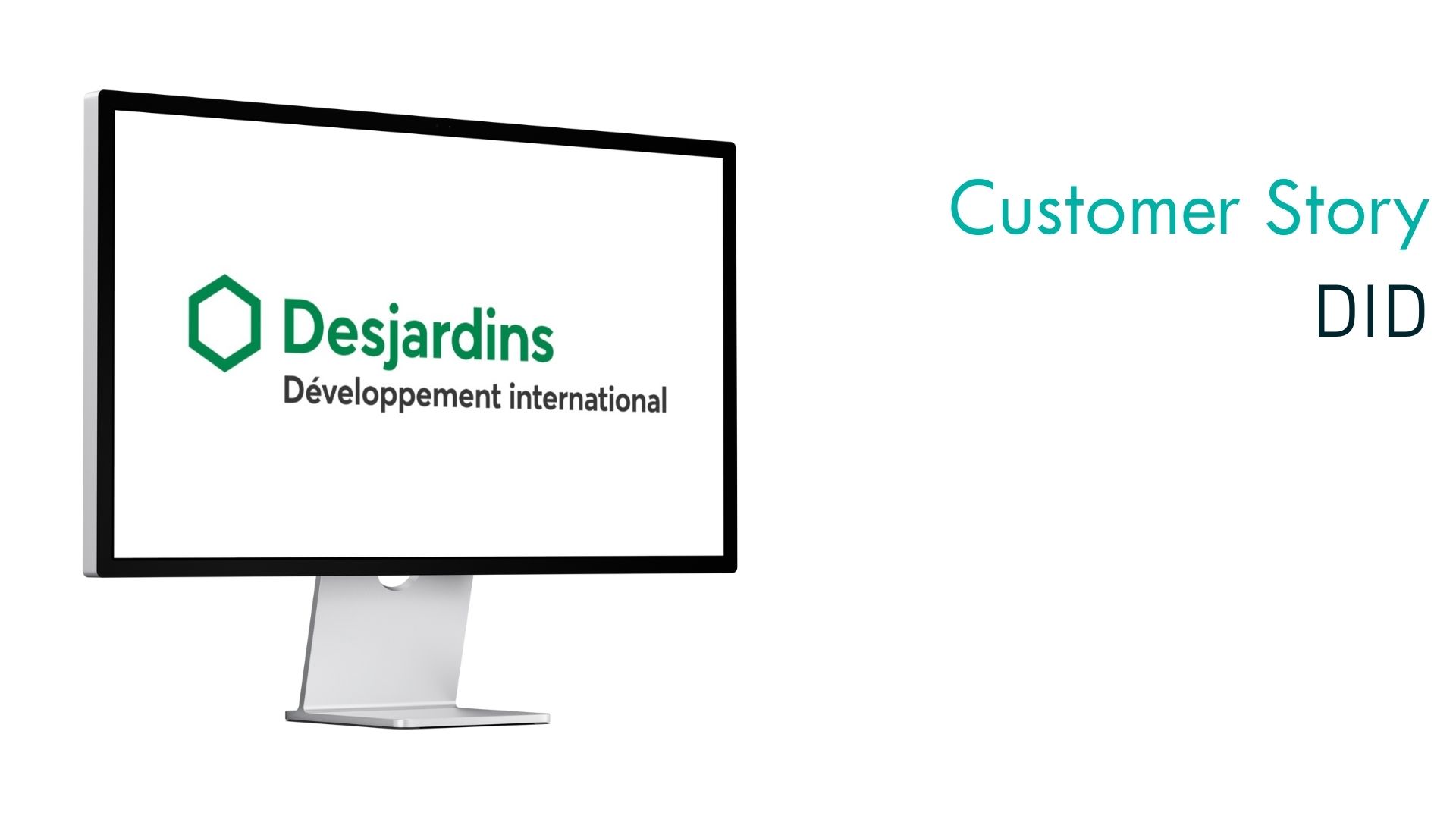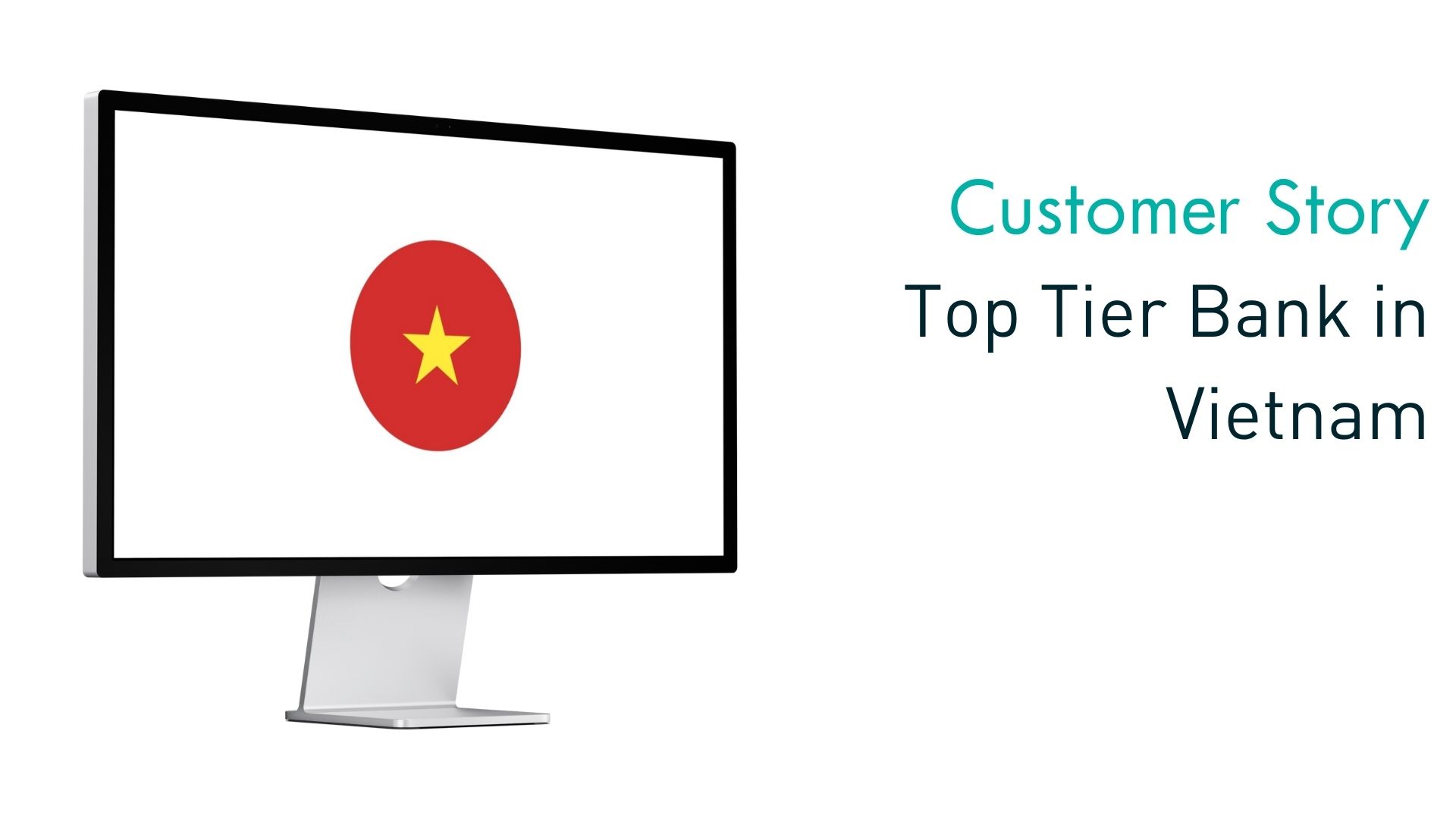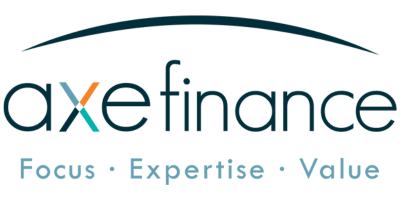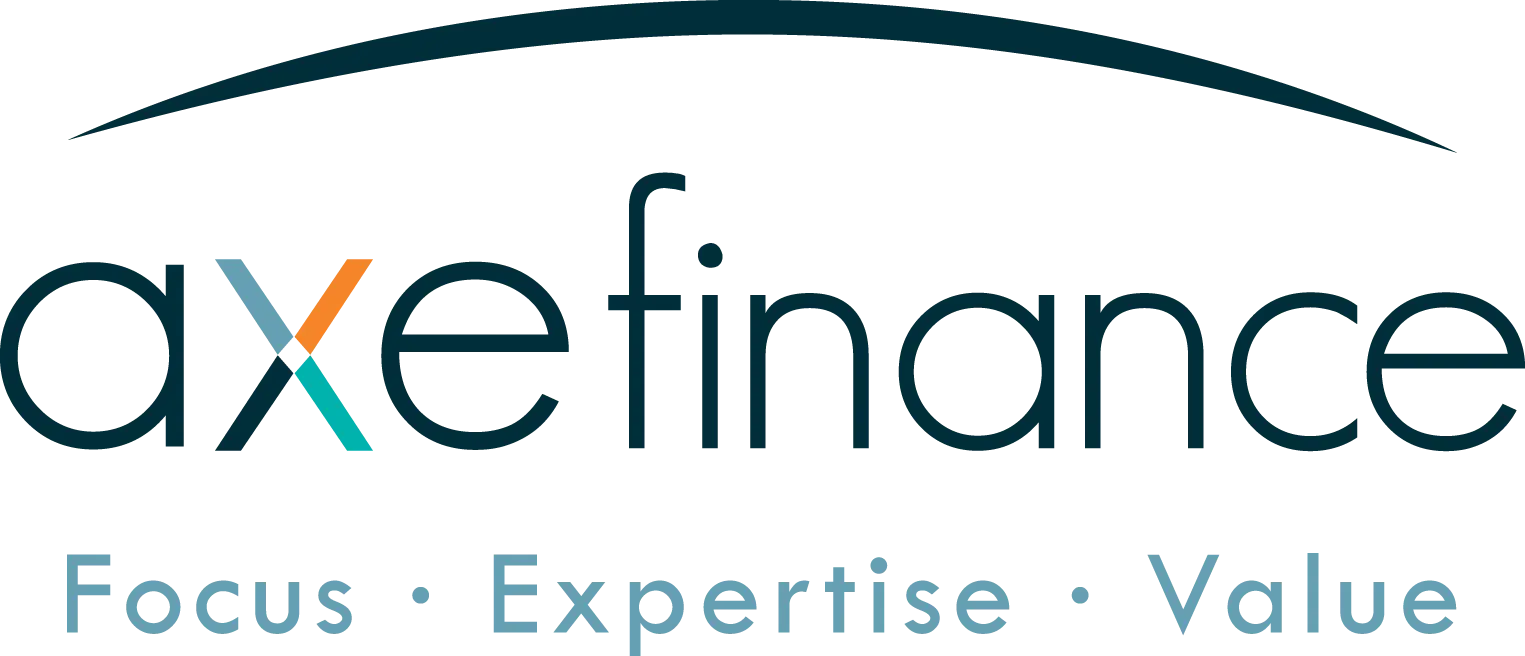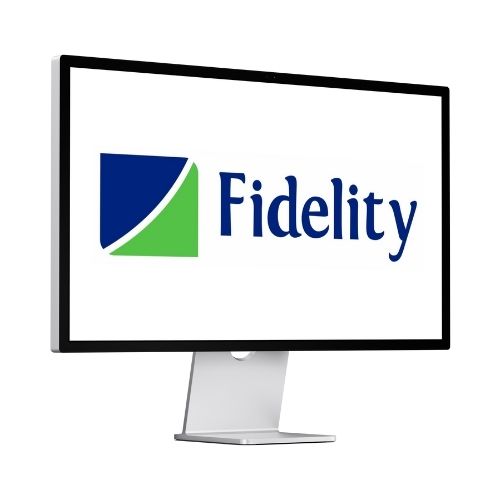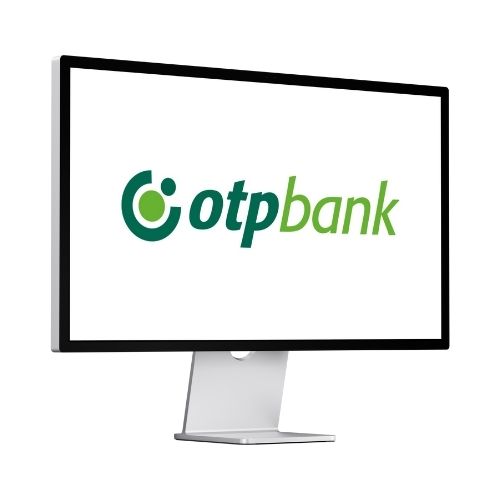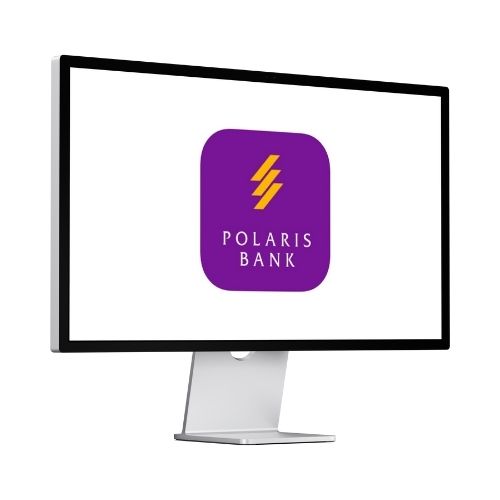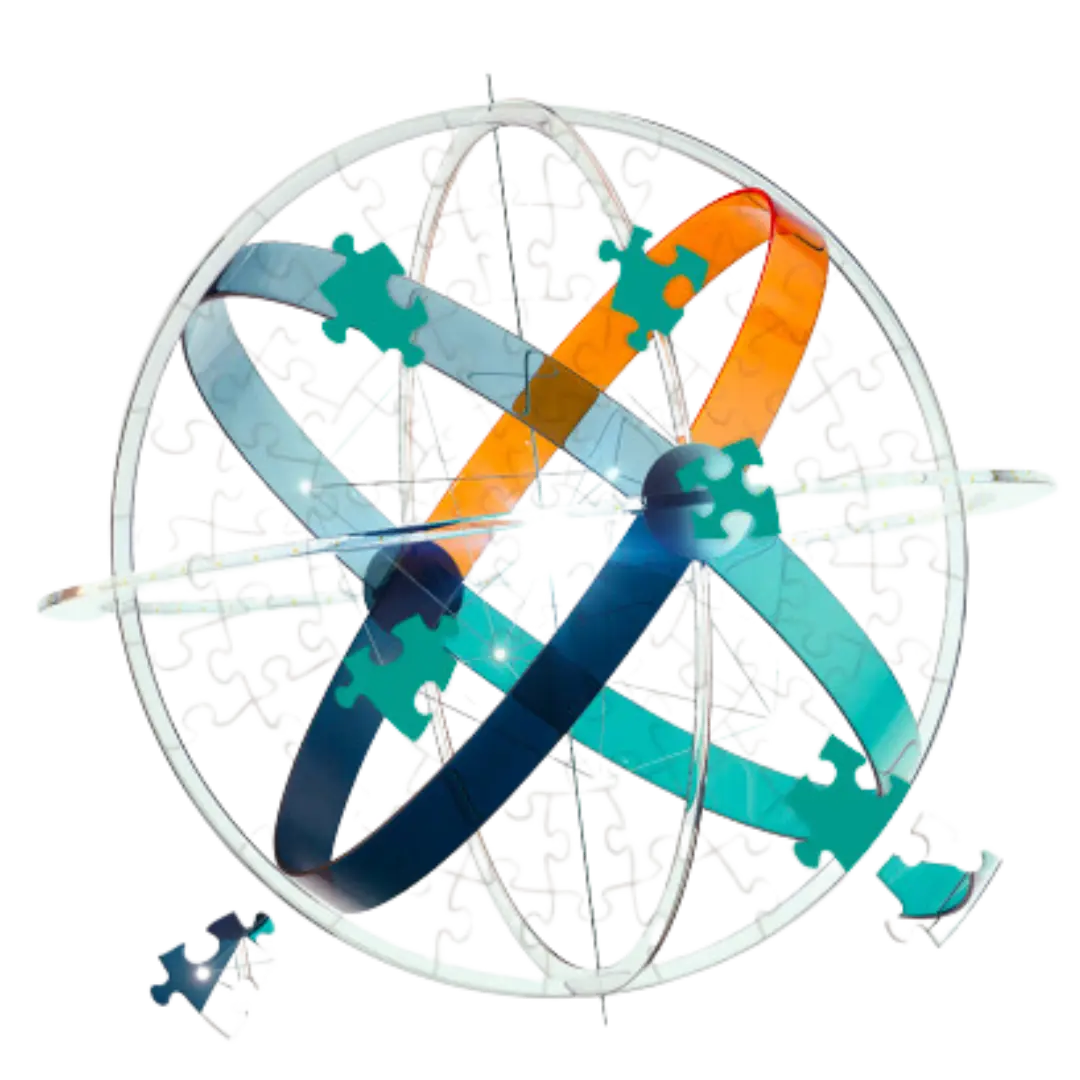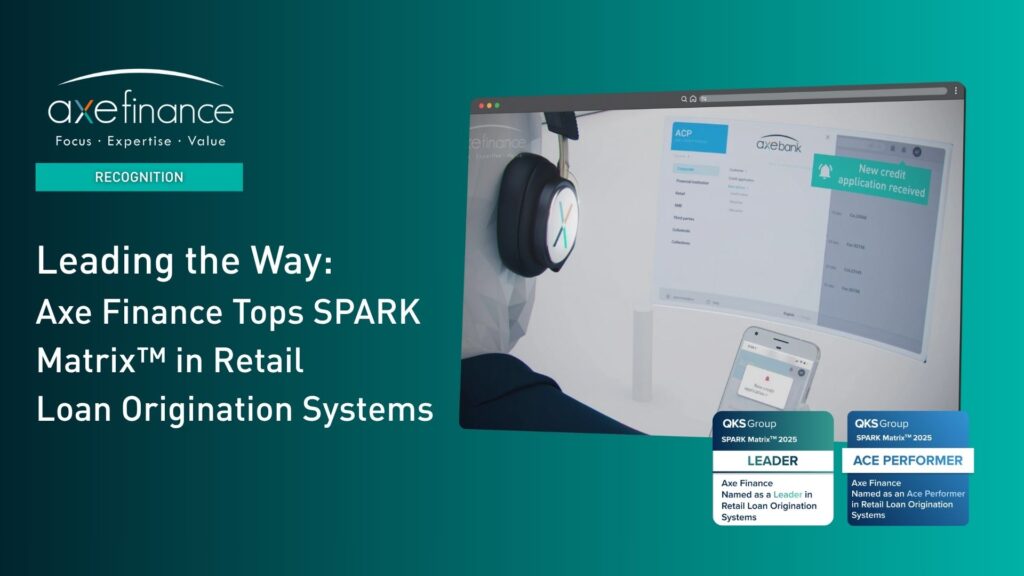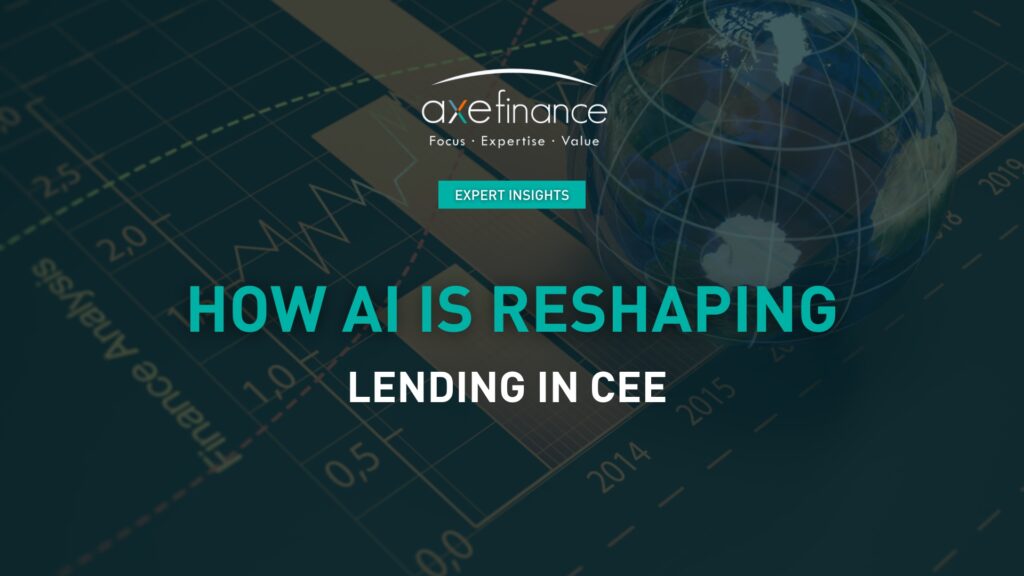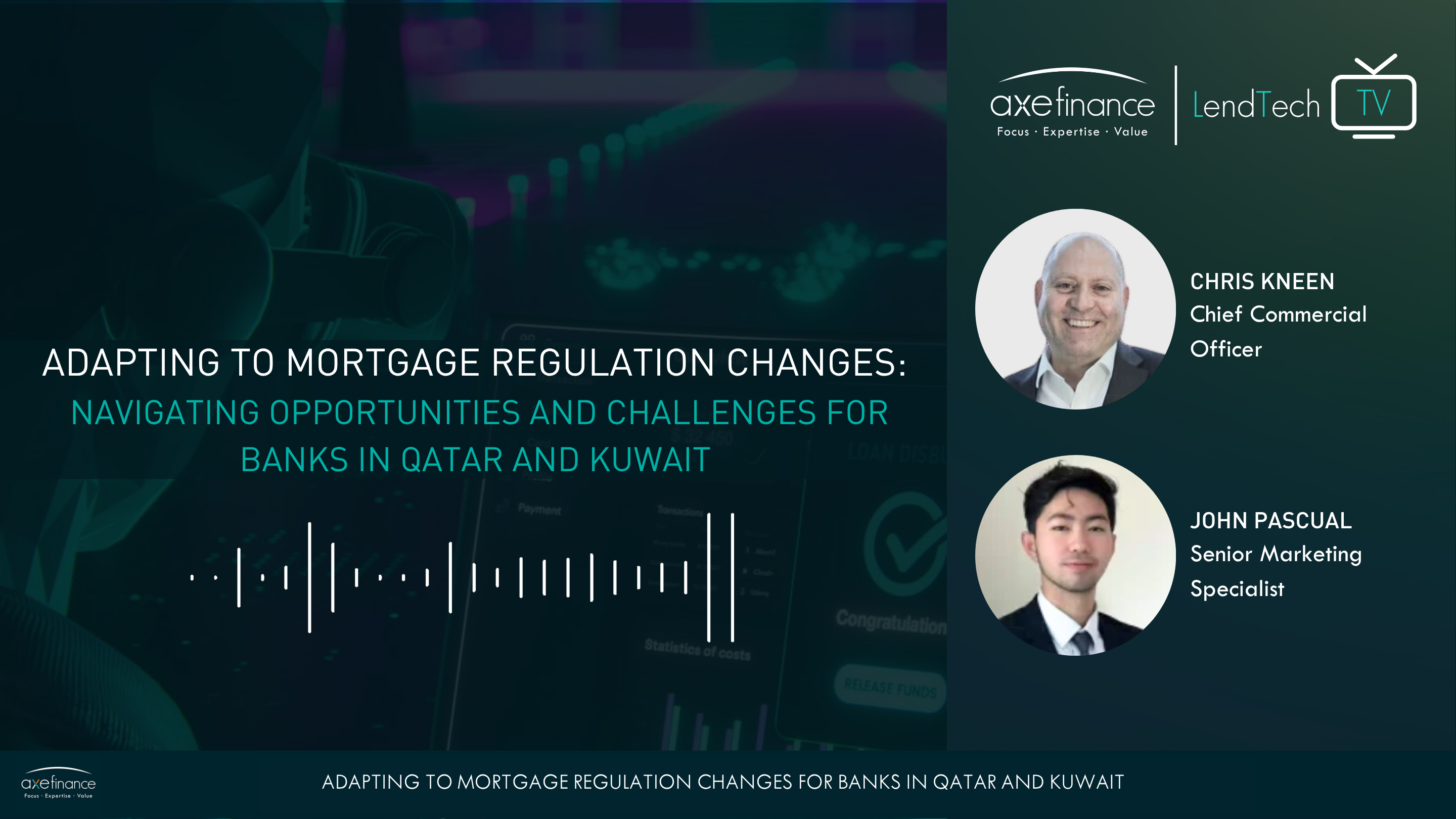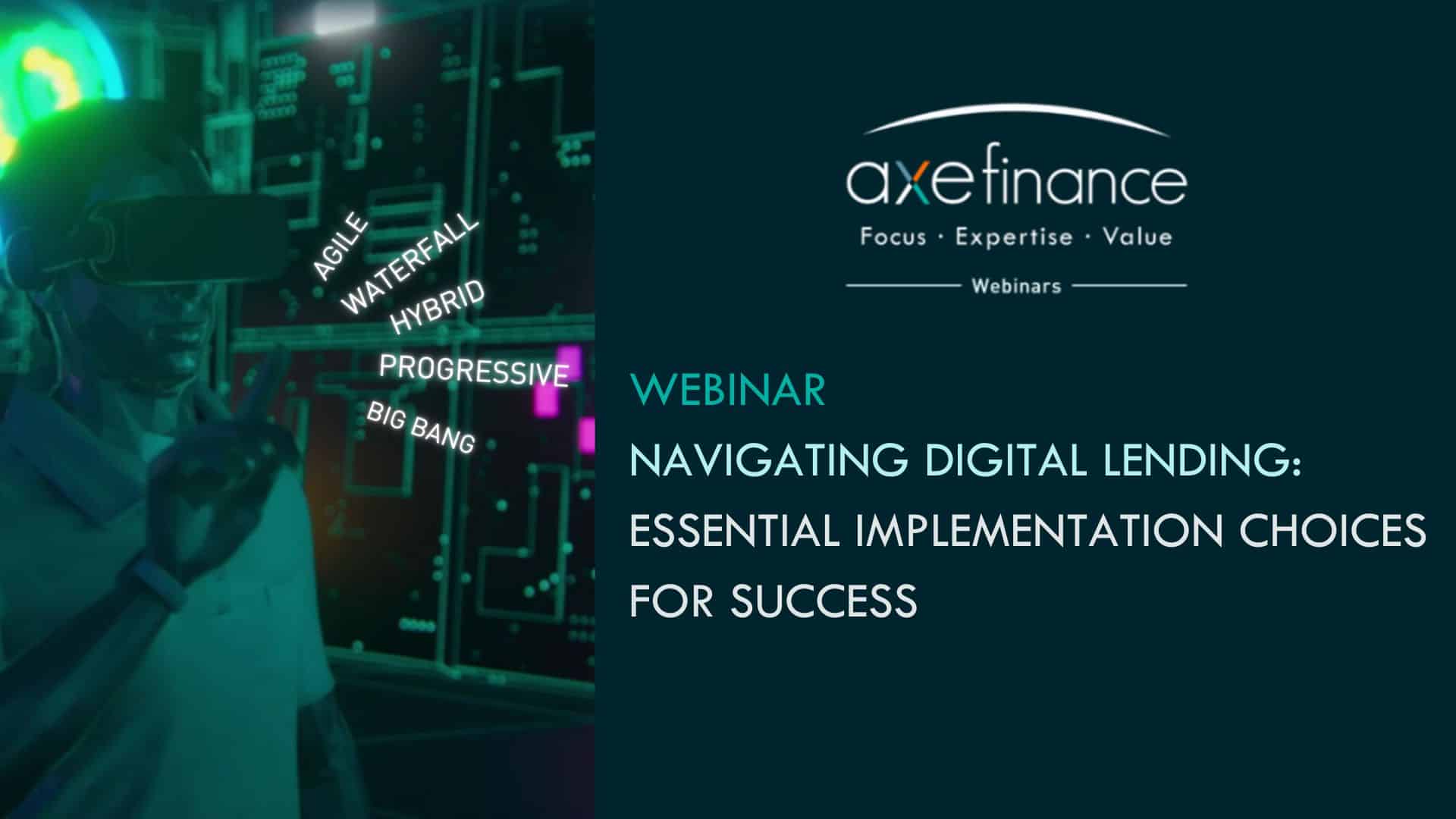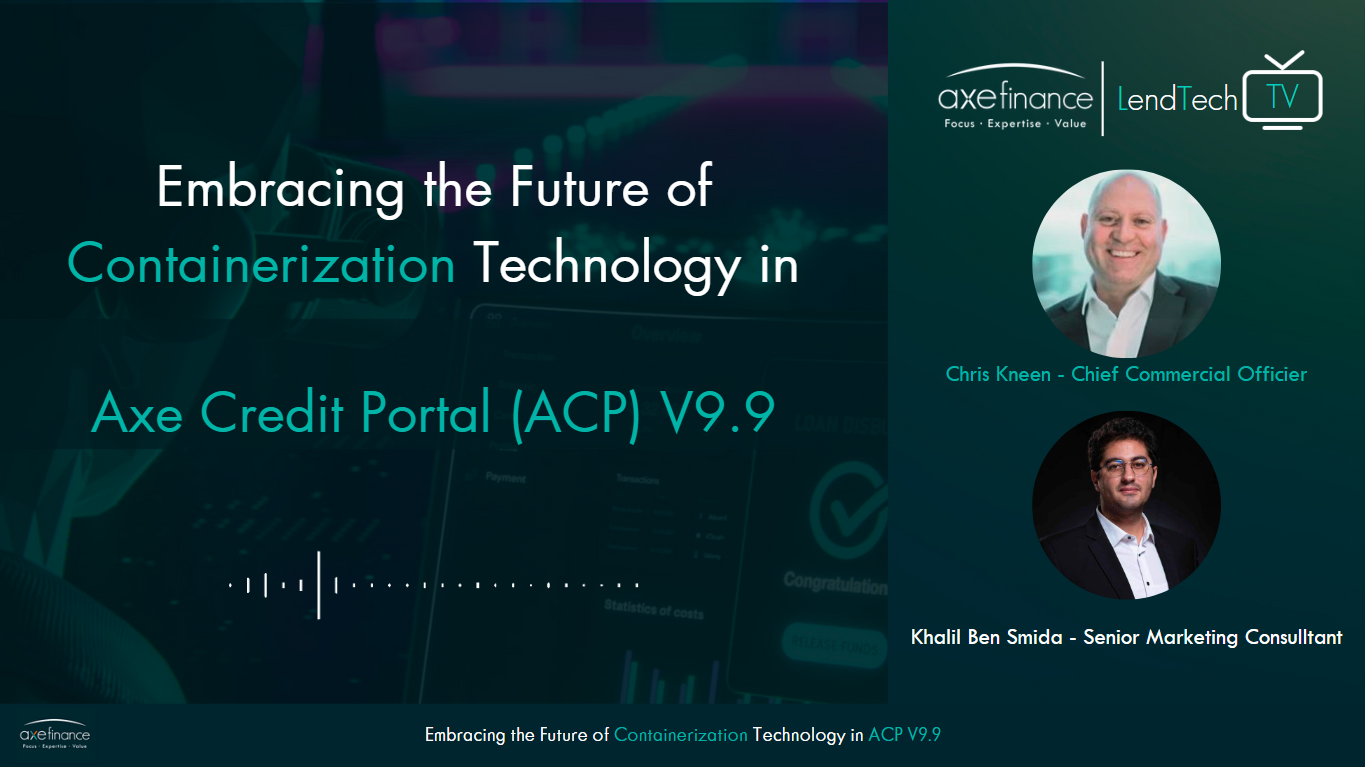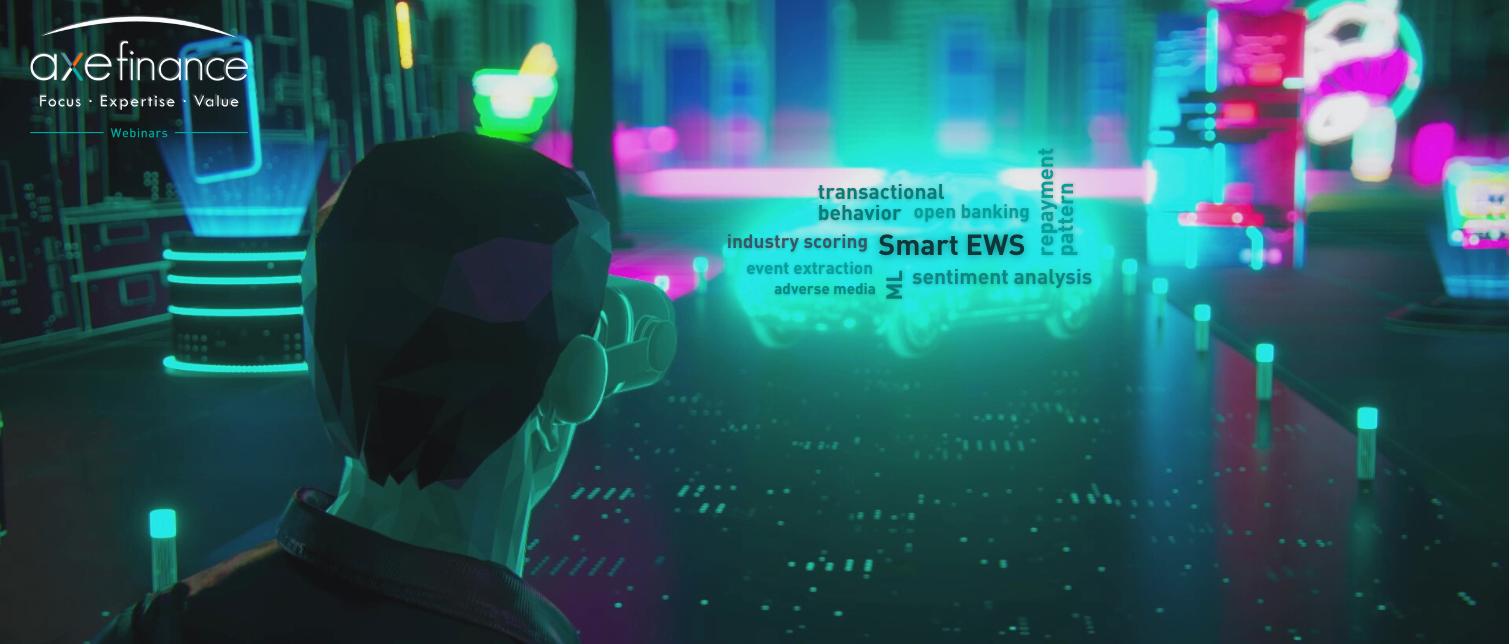2
5Can the configuration tool integrate with the bank’s existing systems and processes seamlessly?
Yes, the configuration tool is designed with seamless integration in mind, allowing it to easily connect with the bank’s existing systems and processes. Whether with legacy software or modern platforms, the tool offers flexible integration options to ensure smooth interoperability. By leveraging industry-standard protocols and APIs, it enables efficient data exchange and synchronization, minimizing disruptions to your operations.
2
5How can automation streamline the mortgage origination process while ensuring compliance ?
Automation streamlines the mortgage origination process by digitizing documentation, automating workflow tasks, facilitating real-time communication, and integrating with third-party systems. This ensures compliance through standardized procedures, automated regulatory checks, and audit trails, reducing manual errors and enhancing efficiency.
2
5How can banks and financial institutions get started with implementing BI in their lending operations ?
Implementing Business Intelligence (BI) in lending operations involves defining objectives aligned with business goals, assessing data needs, and collecting and integrating data from various sources. It requires selecting appropriate BI tools, developing customized dashboards and reports, and implementing analytical models to extract actionable insights. Comprehensive training for staff ensures effective use of BI tools, while continuous monitoring and iteration allow for ongoing optimization. By following these steps, banks and financial institutions can harness the power of BI to improve decision-making and drive operational efficiency in lending operations.
2
5How can I as a banker improve my Retail Lending activity ?
You can boost your lending activity by improving customer experience with streamlined digital processes. Utilizing data analytics for enhanced risk assessment and personalized loan offerings. Leveraging technology and scoring models for swift credit decision-making.
2
5How can loan origination software benefit financial institutions?
An AI-powered digital lending solution, such as ACP, offers numerous benefits to banks and financial institutions, including accelerated loan processing, reduced operational costs, enhanced risk management, improved compliance, and increased customer satisfaction. By leveraging the latest AI innovations to automate manual tasks and integrating with existing systems, ACP empowers lenders to make faster, more informed lending decisions while minimizing risk.
2
5How can loan servicers leverage automation ?
Loan servicers can leverage automation to streamline loan servicing processes comprehensively.
By automating workflows, communication channels, data analytics, compliance checks, document management, account reconciliation, technology integration, and real-time reporting, servicers can enhance operational efficiency, reduce costs, improve compliance, and deliver a better experience for borrowers and investors throughout the loan lifecycle.
2
5How does automation streamline Sharia-compliant financing processes such as Mudarabah and Musharakah ?
Automation streamlines Sharia-compliant financing processes such as Mudarabah and Musharakah by digitizing documentation, automating contract creation, facilitating real-time profit-sharing calculations, and ensuring compliance with Sharia principles throughout the transaction lifecycle.
2
5How does BI help improve decision-making for lenders?
BI helps lenders make informed decisions by providing actionable insights into customer behavior, credit risk, market trends, and operational performance. By leveraging BI, lenders can enhance decision-making processes, optimize lending strategies, and improve overall business performance. Additionally, BI enables lenders to monitor key performance indicators, ensure regulatory compliance, and adapt to changing market conditions more effectively. Overall, BI plays a crucial role in empowering lenders with the tools and insights needed to thrive in today’s competitive lending landscape.
2
5How does embedded finance differ from peer-to-peer financing (P2P)
While both peer-to-peer (P2P) lending and embedded finance fall under alternative finance, they serve distinct purposes. P2P lending platforms connect individual borrowers with individual lenders outside traditional banks, whereas embedded finance seamlessly integrates financial services into non-financial products or platforms. Thus, while both involve financial transactions, they operate differently within their respective contexts.
2
5How does embedded finance differ from peer-to-peer financing (P2P) ?
While both peer-to-peer (P2P) lending and embedded finance fall under alternative finance, they serve distinct purposes.
P2P lending platforms connect individual borrowers with individual lenders outside traditional banks, whereas embedded finance seamlessly integrates financial services into non-financial products or platforms. Thus, while both involve financial transactions, they operate differently within their respective contexts.
2
5How does the lending configuration tool handle regulatory compliance requirements?
The configuration tools are designed to ensure robust regulatory compliance through a combination of built-in checks and customizable workflows tailored to meet regulatory standards. It automates the generation of documentation for loan agreements and disclosures, guaranteeing adherence to regulatory requirements. Additionally, the tool seamlessly integrates with external regulatory databases, providing real-time updates on compliance requirements to users. With tracking and audit trail features, it enables continuous monitoring of compliance with regulatory changes over time. Furthermore, the tool undergoes regular updates and maintenance to keep pace with evolving regulatory landscapes, ensuring that users remain compliant at all times
2
5How does the onboarding process differ for different types of credit products (e.g., credit cards, loans, mortgages) ?
The onboarding process varies for different types of credit products. For credit cards, customers apply online or in person, receive approval, activate the card, and start using it. For loans, customers submit applications, provide documentation, undergo underwriting, receive approval, and start repayment. Mortgages involve pre-approval, application, property appraisal, underwriting, approval, and repayment.
2
5How loan collectors can leverage automation ?
Loan collectors can automate their loan collection processes through ACP solution.
They benefit from automated and streamlined communication channels, such as email, SMS, or voice messaging, to send reminders, payment notifications, and follow-up messages to borrowers, reducing the need for manual outreach. Automated payment processing improves collection efficiency, while data analytics and predictive modeling help assess borrower behavior, predict delinquency risk, and prioritize collection efforts.
Automation also allows for the streamlining of repetitive tasks and workflows, such as account segmentation, payment processing, and document generation, increasing operational efficiency and freeing up staff time for more strategic tasks. Additionally, automating compliance checks, documentation processes, and audit trails minimizes the risk of non-compliance.
Thanks to ACPs, loan collectors can streamline their loan collection processes, improve efficiency, reduce operational costs, and enhance the overall borrower experience.
2
5How to choose the best Commercial Lending software vendor ?
To choose the best commercial lending software vendor, consider functionality, scalability, integration, compliance, vendor reputation, support, training, and cost.
2
5How to choose the best Corporate Lending software vendor ?
To choose the best corporate lending software vendor, consider functionality, scalability, integration, compliance, vendor reputation, support, training, and cost.
2
5How to leverage AI in the credit scoring stage of a credit application?
Credit scoring, enhanced by Artificial Intelligence (AI), is a statistical technique employed by lenders to assess the creditworthiness of applicants. It utilizes various data points such as credit history, income, and debt levels to generate a numerical score, helping lenders in predicting the likelihood of timely loan repayment. This AI-driven process enables more informed credit decisions and enhances the efficiency of the underwriting process.
2
5Is limit management specific to some credit segments/business lines ?
Yes, limit management can vary based on the specific credit segments or business lines within a financial institution. Different segments may have distinct risk profiles, regulatory requirements, and customer needs, leading to unique approaches in setting and managing credit limits. For example, limit management in commercial lending may focus on assessing corporate creditworthiness and establishing credit lines for businesses, while limit management in consumer lending may involve setting individual credit limits for retail customers based on their financial profiles and repayment capabilities.
2
5ow are credit limits determined for new customers during onboarding?
Credit limits for new customers are determined based on their creditworthiness, affordability, risk appetite of the lender, the type of credit product, and the lender’s internal credit policies. Factors such as credit score, income, employment status, and debt levels influence the decision.
2
5What are the benefits of digitalizing the Commercial loans ?
Digitalizing commercial loans improves efficiency, accuracy, accessibility, risk management, customer experience, cost savings, and compliance. Driving the commecial loan business growth.
2
5What are the challenges and considerations in implementing automation in Islamic banking ?
Implementing automation in Islamic banking faces challenges such as ensuring Sharia compliance. Ensuring that automated processes adhere to Sharia principles can be complex, as Islamic banking transactions must comply with religious guidelines. Developing Sharia-compliant algorithms and ensuring continuous oversight by Sharia scholars is essential.
2
5What are the key benefits of implementing credit card loan automation for financial institutions ?
Implementing credit card loan automation allows financial institutions to enhance customer satisfaction by providing loans on-the-go with flexible repayment terms and a revolving system, mitigate risks through automated compliance checks, and improve decision-making with data-driven insights.
2
5What are the main challenges in automating Mortgage loans ?
In automating mortgage loans, specific considerations include streamlining complex documentation, ensuring regulatory compliance, automating credit risk assessment, property valuation, loan origination, and processing, integrating with third-party systems, enhancing communication and transparency, and optimizing closing and funding processes.
Property valuation stands out as a particularly specific aspect in automating mortgage loans, involving the use of data analytics, automated valuation models (AVMs), and geographic information systems (GIS) to assess property values accurately and efficiently.
2
5What are the main challenges related to automating the FI loans ?
Financial institutions (FIs) face challenges in automating loans, particularly in ensuring regulatory compliance with laws such as AML and KYC, managing the complexity of loan products, maintaining data security, and ensuring performance and reliability of automation systems. FIs handle sensitive customer information and must be capable of handling large volumes of loan applications and processing transactions accurately and efficiently without downtime or system failures. ACP digital lending solution helps addressing these challenges which is essential for FIs to effectively implement loan automation solutions that enhance efficiency, mitigate risks, and improve customer satisfaction.
2
5What are the main challenges related to automating the Sovereign loans ?
Automating sovereign loans poses specific challenges due to complex negotiations, political considerations, and the need for sustainability. These challenges require sophisticated algorithms to navigate complexities, align loan agreements with government policies, and ensure environmental and social impact assessment.
2
5What are the specific challenges in embedded lending automation ?
Automating lending services within non-financial platforms, requires careful planning, innovative solutions, and collaboration between financial and non-financial entities.
Challenges in automating embedded lending include integration complexity, accessing and analyzing diverse data sources, ensuring regulatory compliance across jurisdictions, building customer trust and education, developing accurate credit risk models, addressing fraud and security risks, and ensuring scalability.
2
5What are the specific challenges in embedded lending automation?
Automating lending services within non-financial platforms, requires careful planning, innovative solutions, and collaboration between financial and non-financial entities. Challenges in automating embedded lending include integration complexity, accessing and analyzing diverse data sources, ensuring regulatory compliance across jurisdictions, building customer trust and education, developing accurate credit risk models, addressing fraud and security risks, and ensuring scalability.
2
5What are the types of FI loans ?
Loans provided by one financial institution to another (FI) are called interbank loans. These short-term loans help banks manage liquidity needs, meet reserve requirements, or fund operational expenses. They can be overnight loans, term loans, revolving credit, collateralized loans, federal funds, or discount window borrowing.
2
5What are the types of Sovereign loans ?
Sovereign loans typically fall into two main types. The first type is Bilateral Loan extended by one government directly to another government. These loans are usually negotiated between two countries and involve specific terms and conditions agreed upon by both parties.
The second, Multilateral Loan provided by international financial institutions, such as the World Bank or the International Monetary Fund (IMF), to member countries. These loans often come with conditions aimed at promoting economic stability and development within the borrowing country.
2
5What benefits does automation offer for development bank loans ?
Automation offers significant benefits for development bank loans, particularly in managing high-risk scenarios in sensitive industries and enhancing economic impact assessment. Leveraging automation, including AI advancements in lending technologies, enables development banks to analyze economic indicators, market trends, and project data with precision.
This allows for informed decision-making in financing, prioritizing investments with the greatest economic impact, and allocating resources effectively to support sustainable development goals. Additionally, automation facilitates real-time monitoring of project performance and risk indicators, enabling swift responses to emerging risks and minimizing potential losses.
2
5What factors determine eligibility for Retail loan ?
Eligibility for a retail loan is determined by factors such as credit score, income, debt-to-income ratio, credit history, and loan amount requested.
2
5What features should I look for in a loan origination solution?
It’s essential to align its key features with your organization’s strategic goals and objectives. This means prioritizing innovative, future-proof, and flexible capabilities that can adapt to evolving market demands and regulatory requirements. These features include customizable workflows, automated decision-making capabilities, seamless integration with third-party systems, comprehensive reporting and analytics, and robust security measures. By leveraging these capabilities, your organization can streamline the lending process, improve operational efficiency, and enhance overall business performance.
2
5What is a credit card loan ?
A credit card loan provides cardholders with access to a line of credit, allowing them to borrow money up to a predetermined credit limit.
This borrowed money can be used for day-to-day purchases, and the cardholder is required to repay the borrowed amount, along with any applicable fees and interest charges, according to the terms of the credit card agreement.
2
5What is a development bank loan ?
Development bank loans offer concessional terms like lower interest rates and longer repayment periods. They support projects contributing to sustainable development, infrastructure, poverty reduction, and social welfare. These loans serve governments, public entities, private enterprises, and non-profits for initiatives such as infrastructure, SME financing, agriculture, healthcare, education, and environmental conservation. Their aim is to stimulate economic progress and address developmental challenges.
2
5What is a development bank loan?
Development bank loans offer concessional terms like lower interest rates and longer repayment periods. They support projects contributing to sustainable development, infrastructure, poverty reduction, and social welfare. These loans serve governments, public entities, private enterprises, and non-profits for initiatives such as infrastructure, SME financing, agriculture, healthcare, education, and environmental conservation. Their aim is to stimulate economic progress and address developmental challenges.
2
5What is a mortgage loan ?
A mortgage loan is a retail type of loan specifically used to purchase real estate, where the property itself serves as collateral for the loan. Types of mortgage loans include fixed-rate, adjustable-rate, FHA, VA, USDA, interest-only, jumbo, balloon, reverse, and interest-first mortgages.
2
5What is a mortgage loan?
A mortgage loan is a retail type of loan specifically used to purchase real estate, where the property itself serves as collateral for the loan. Types of mortgage loans include fixed-rate, adjustable-rate, FHA, VA, USDA, interest-only, jumbo, balloon, reverse, and interest-first mortgages.
2
5What is a Sovereign loan ?
Sovereign loans are financial instruments through which governments borrow money from international lenders, such as other governments, financial institutions, or investors. These loans are used to fund various government initiatives, including infrastructure projects, social programs, or budget deficits. They are typically issued with the backing of the government’s creditworthiness and are subject to repayment terms negotiated between the borrower (the government) and the lender.
2
5What is an FI loan ?
FI loan refers to loans provided to financial institutions (FIs). These loans are extended by banks or other financial entities to other financial institutions, such as banks, credit unions, or investment firms. FIs may require loans for various purposes, including meeting liquidity needs, funding expansion or acquisitions, or managing short-term financial obligations. These loans typically involve terms and conditions negotiated between the lending institution and the borrowing FI, and they may vary depending on factors such as creditworthiness, collateral, and prevailing market conditions. Interbank loans play a crucial role in the functioning of the financial system by facilitating the efficient allocation of funds between banks and ensuring the stability of the banking sytem.
2
5What is Business Intelligence (BI) in the context of a digital lending solution?
Business Intelligence (BI) in the context of a digital lending solution refers to the use of data analysis tools and techniques to gather, store, analyze, and visualize data related to lending operations. BI enables financial institutions to gain insights into various aspects of their lending activities, including customer behavior, credit risk assessment, loan performance, and operational efficiency. By leveraging BI, banks can make informed decisions, optimize lending processes, mitigate risks, and enhance customer satisfaction.
2
5What is Commercial Lending ?
It is providing loans to small and medium-sized businesses for their operational and growth needs. Examples of commercial lending loan types include term loans, lines of credit, equipment financing, commercial real estate loans, accounts receivable financing, and SBA loans.
2
5What is Corporate Lending ?
It is providing loans or credit to businesses for their financial needs. It helps companies finance operations, investments, and other activities. Lenders assess the company’s creditworthiness and terms are negotiated for repayment. Corporate lending can take various forms, such as term loans, revolving credit facilities, lines of credit, or asset-based lending
2
5What is credit scoring
Credit scoring is a statistical method used by lenders to evaluate the creditworthiness of individuals or businesses applying for credit. It involves analyzing various factors such as credit history, income, debt-to-income ratio, and other relevant financial information to assign a numerical score. This score helps lenders assess the likelihood that a borrower will repay their debts on time. Credit scoring is a crucial tool in the underwriting process as it enables lenders to make more informed decisions about extending credit.
2
5What is Embedded Financing ?
Embedded financing also known as embedded lending specifically refers to the integration of lending services into non-financial platforms or applications. It focuses solely on the provision of loans or credit facilities within the context of other activities or experiences.
2
5What is Islamic Banking ?
Also known as Islamic finance or sharia-compliant banking, Islamic Banking operates according to the principles of Islamic law (Sharia) and prohibits the payment or receipt of interest (riba). Instead of traditional interest-based lending, Islamic banking follows ethical and religious guidelines that promote fairness, transparency, and social responsibility. It continues to grow as a significant segment of the global banking industry, serving both Muslim and non-Muslim customers who seek ethical and socially responsible financial solutions.
2
5What is limit management ?
Limit management refers to the process of setting, monitoring, adjusting, and enforcing credit limits for borrowers or accounts within a financial institution. This process ensures that borrowers are granted appropriate levels of credit based on their creditworthiness and financial situation while mitigating the risk of default or overextension. Limit management involves establishing credit limits, monitoring credit utilization and payment behavior, making adjustments to limits as needed, enforcing limits to prevent excessive borrowing, and analyzing the effectiveness of limit management strategies. It is a critical aspect of credit risk management within financial institutions to maintain a healthy balance between risk and profitability.
2
5What is loan origination software?
Loan origination softwares, such as Axe Credit Portal (ACP), is a digital platform designed to automate and streamline the lending process for banks and financial institutions. ACP facilitates end-to-end loan origination, from KYC, approval, scoring and decisioning and up to servicing, enhancing operational efficiency and improving borrower satisfaction.
2
5What is onboarding and KYC in the credit process?
In the credit lifecycle, the onboarding process refers to the steps taken to welcome and integrate new customers into the lending institution’s systems and services after they have been approved for a credit product. This process typically involves verifying the customer’s identity, setting up their account, and providing them with the necessary information and tools to effectively manage their credit. Onboarding may include tasks such as collecting additional documentation, explaining terms and conditions, and facilitating the first transaction or use of credit. The goal of the onboarding process is to ensure a smooth transition for the customer while mitigating risk and ensuring compliance with regulatory requirements.
2
5What is Retail Lending ?
It is providing loans, such as mortgages, personal loans, auto loans, and credit cards, to individual consumers for their personal and household financial needs.
2
5What is the difference between Corporate Lending and Commercial Lending ?
Corporate lending usually entails providing loans to large corporations for strategic endeavors, whereas commercial lending offers financial assistance to small and medium-sized enterprises for their daily business activities. In certain regions, corporate and commercial loans may be synonymous, while in others, wholesale banking serves as an alternative term for corporate lending.
2
5What is the differnce between limit management and credit management?
Limit management focuses on setting, monitoring, and enforcing credit limits for borrowers or accounts to control credit exposure. It involves tasks like establishing, adjusting, and enforcing credit limits.
Credit management, on the other hand, is a broader concept covering the entire credit lifecycle, including origination, underwriting, monitoring, collection, and risk mitigation. It encompasses activities like assessing creditworthiness, evaluating loan applications, monitoring repayment, managing delinquencies, and minimizing credit losses
2
5What is the primary factor that bankers must prioritize when assessing a development bank loan application ?
Bankers must prioritize assessing the project’s impact on economic development, sustainability, and social welfare, leveraging AI to evaluate feasibility, viability, and alignment with regional or sectoral goals.
Additionally, AI-driven analysis of borrower creditworthiness, financial viability, and repayment capacity, coupled with risk assessment, ensures the loan’s positive contribution to development objectives and financial stability.
2
5What level of customization and flexibility does the tool offer to adapt to our specific lending practices and requirements
From adjusting workflow processes to modifying decision-making criteria, the configuration tools provide granular control over every aspect of the lending lifecycle. With intuitive drag-and-drop interfaces and configurable parameters, you can easily configure rules, templates, and workflows to align with the bank’s specific changing needs. Additionally, the tool supports dynamic adaptation, allowing you to evolve and refine your lending practices over time without extensive redevelopment
2
5What types of loans can be managed with ACP loan origination software?
ACP covers the end-to-end credit lifecycle across all segments, such as Commercial, Retail, Corporate, FIs, and Sovereign, and even specific segments, such as Islamic Banking, Microfinance, BNPL, among others. Its flexible architecture and customizable workflows make it suitable for managing diverse lending portfolios and adapting to changing market demands.
2
5What’s the most challenging aspect in the credit scoring stage and how automation can tackle it?
One of the most challenging aspects of the credit scoring stage is the accurate assessment of risk, especially when dealing with large volumes of data and complex borrower profiles. Automation can address this challenge by leveraging advanced algorithms and machine learning techniques to analyze vast amounts of data quickly and accurately. By automating the credit scoring process, ACP scoring help lenders ensuring consistency, reducing human error, and making more precise risk assessments, ultimately leading to better lending decisions.
2
5Who are loan collectors ?
Loan collectors are professionals or entities responsible for managing the collection of outstanding debts owed by individuals or organizations to creditors. Their primary role is to communicate with debtors, negotiate payment arrangements, and ensure the timely repayment of loans or other financial obligations.
2
5Who are loan servicers ?
Loan servicers are entities responsible for managing the day-to-day administration of loans on behalf of the loan owner or investor.
They act as intermediaries between borrowers and lenders, handling various tasks associated with loan management and servicing.
Loan servicers may be financial institutions, such as banks or mortgage companies, or specialized servicing companies contracted by lenders or investors to perform servicing activities. Their responsibilities typically include processing loan payments, maintaining borrower accounts, handling loan modifications (such as early settlment, restructuring, rescheduling, consolidation, Write-off/Write-down, limits reallocation, and events on collateral/guarantee), providing customer service, and ensuring compliance with regulatory requirements.
2
5Why opting for a credit card loan rather than a personal loan ?
Opting for a credit card loan over a personal loan offers advantages such as immediate access to funds for emergencies, the revolving nature of the credit line, flexible repayment options, and avoidance of lengthy application processes.
Personal loans often offer lower interest rates and fixed repayment terms, making them suitable for large expenses or debt consolidation where predictable monthly payments and potentially lower overall interest costs are desired.

